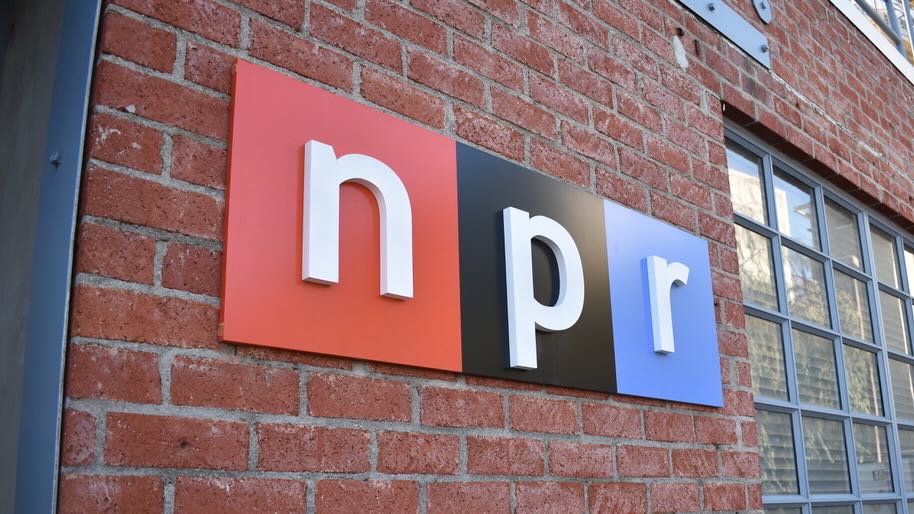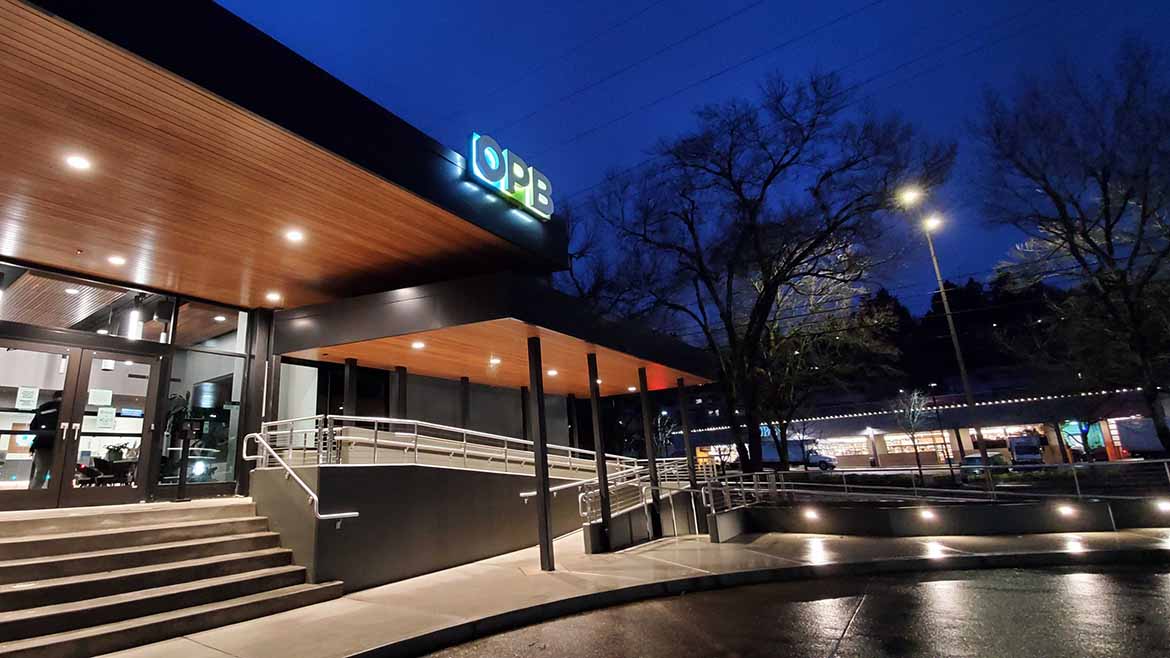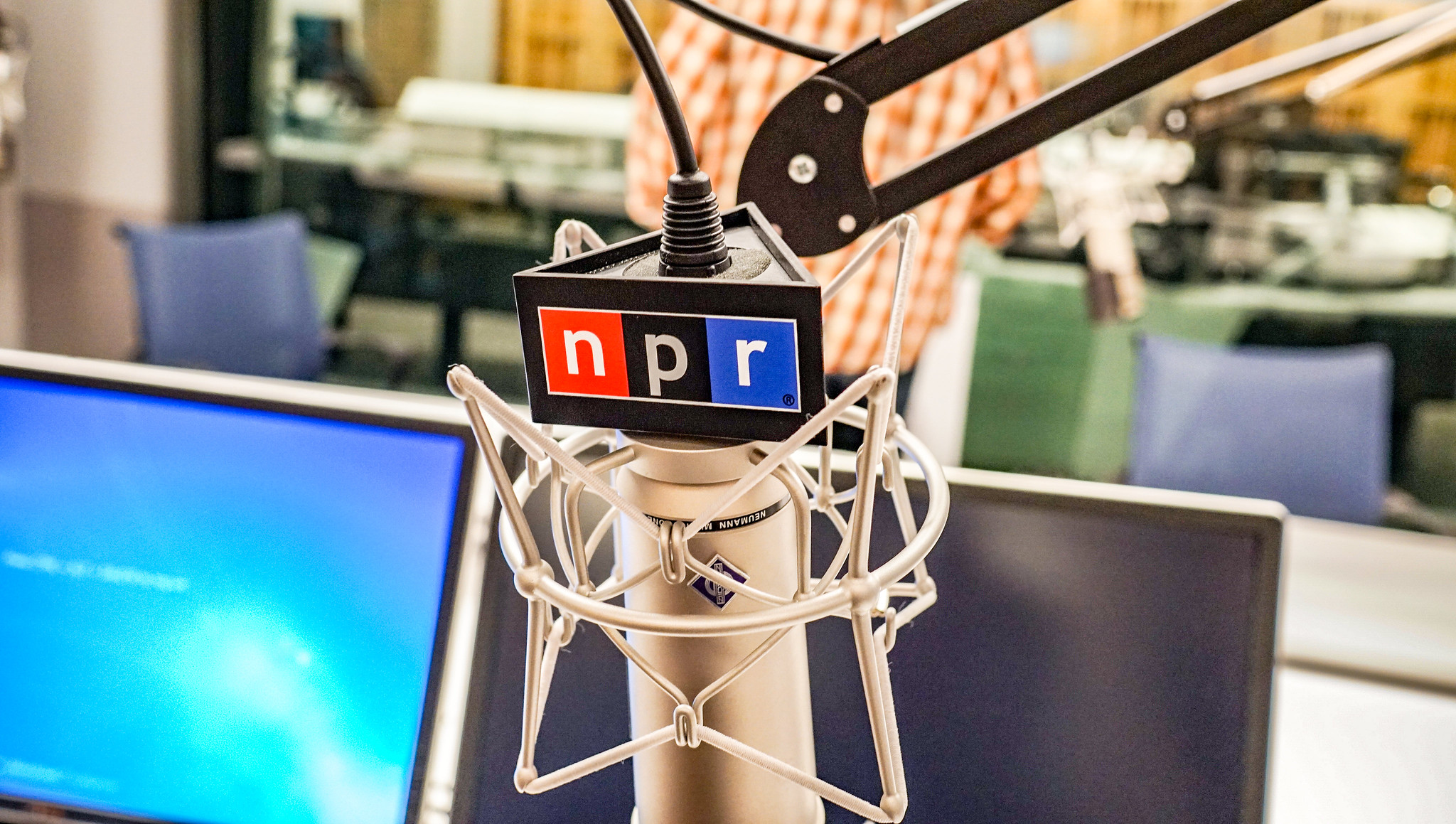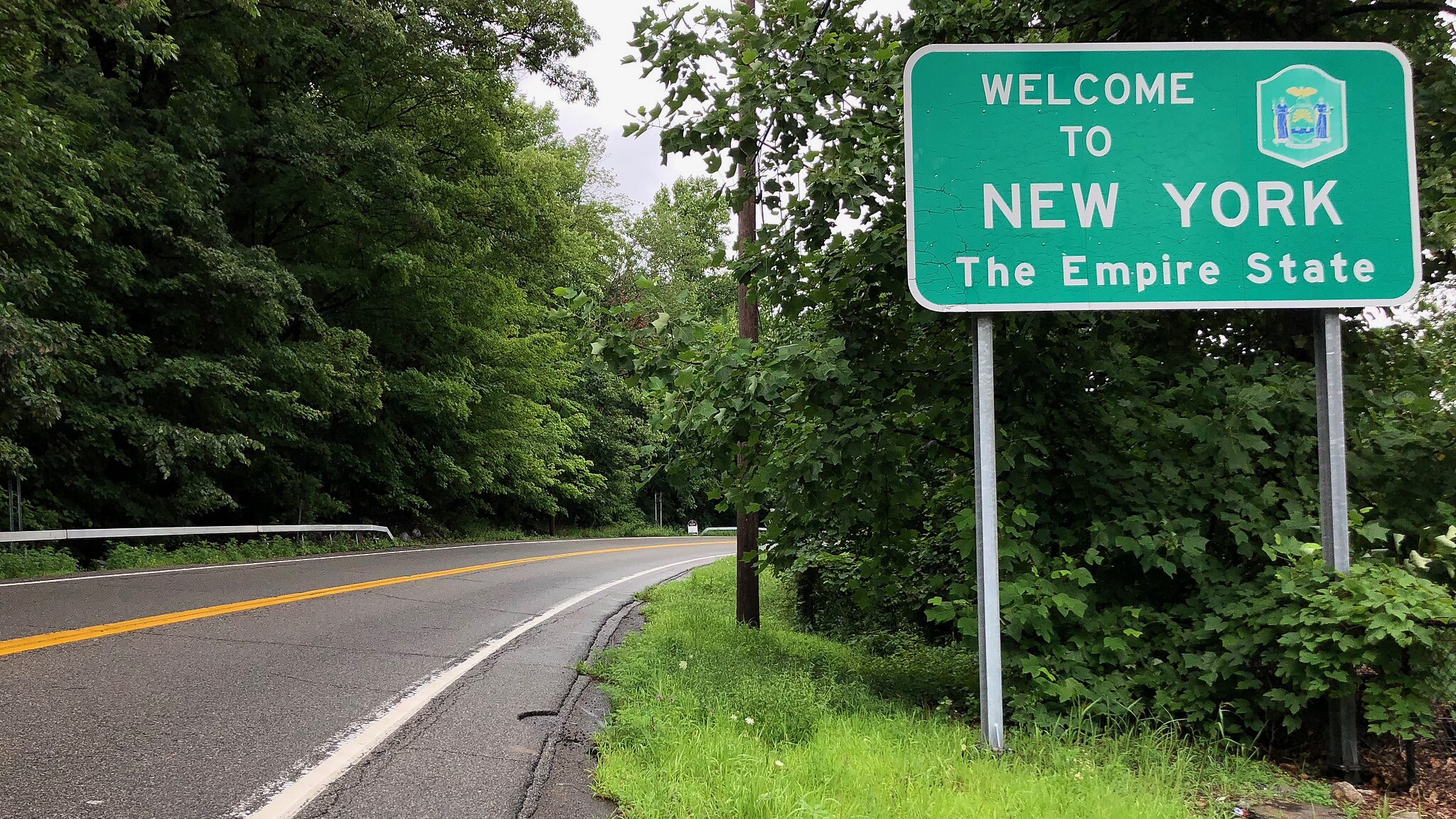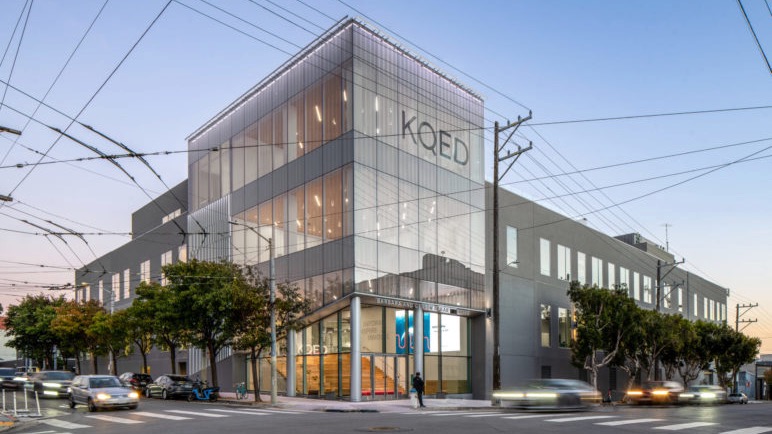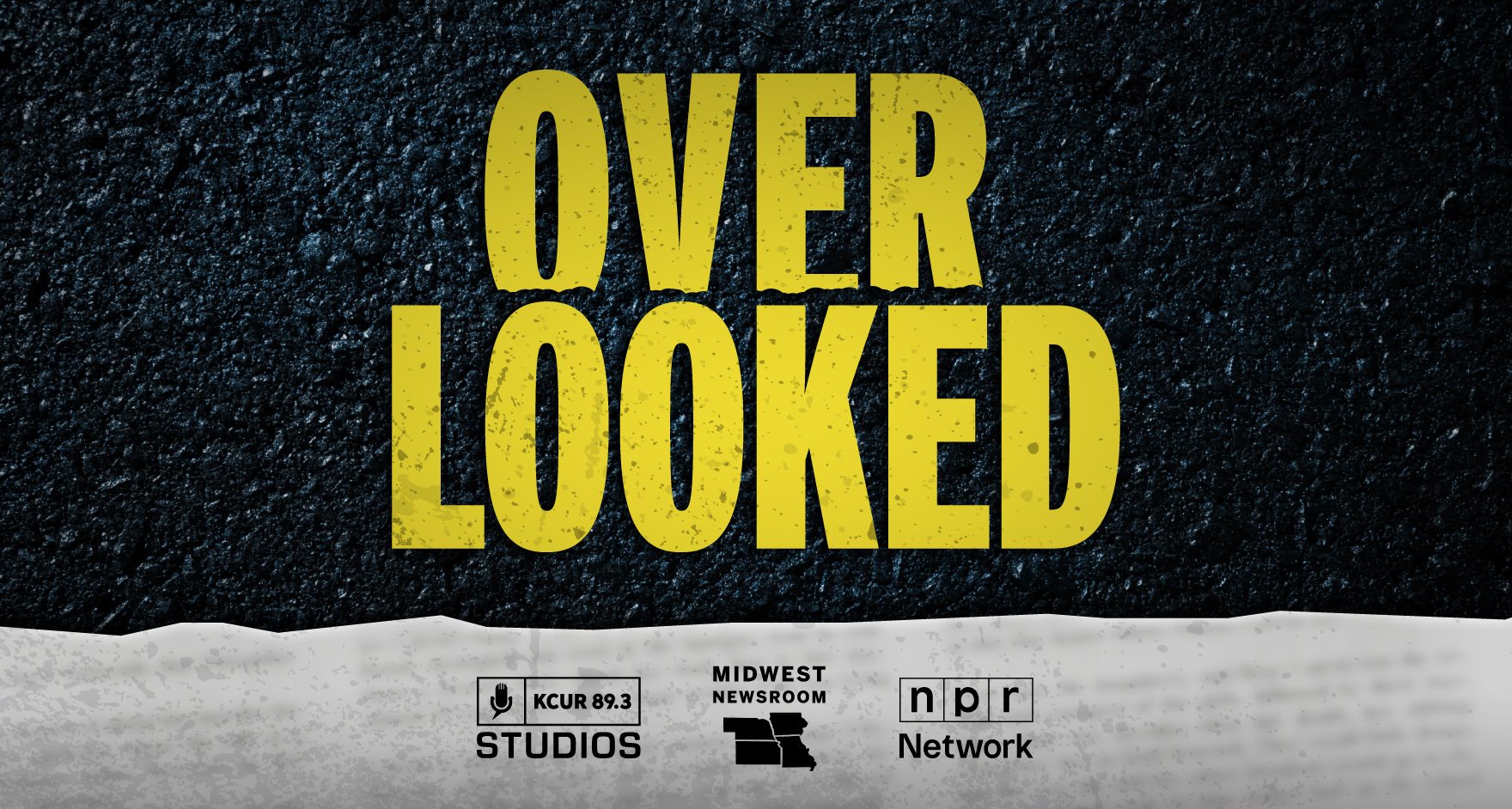Tag: Collaboration
Tri-state music collaboration presses ahead despite CPB rescission
The stations’ leaders see opportunities in coming together for events and in informing their audiences about upcoming activities in the region.Colorado Public Radio joins Mountain West News Bureau
The collaboration started in 2018 with $475,000 in CPB support.NPR adds Mountain West regional newsroom
A grant will support a full-time digital editor and an Indigenous affairs reporter for the regional newsroom.Funding cuts in Indiana prompt stations to reduce statewide newsroom
Indiana Public Broadcasting Stations acknowledged “proposed strategic changes and reductions for the IPB News” but did not provide details.CPB grants Appalachia + Mid-South Newsroom nearly $650,000
The grant will fund a video journalist, a project manager and four shared positions.Harvest Public Media lands $1M CPB grant
The grant will help the collaboration add three reporters at new partner stations and an audience editor.Oregon Public Broadcasting partners with Lookout Local to bring more news to Eugene
Lookout CEO Ken Doctor describes Lookout Eugene-Springfield as a “community newspaper that happens to be digital.”NPR will expand collaborative regional newsrooms
At a board meeting, Chief of Staff Chris Turpin also shared updates on NPR Network initiatives.Public Media Venture Group partners with tech company to build content syndication networks
PMVG plans to work with up to five stations to build regional partnerships for sharing news coverage.New York stations team up on news network
“We all recognize that working together makes us stronger, and it helps us serve our audiences across the state much better.”KQED launches project to share digital news among California partners
The station is trying to address the "really hard problem" of how local news organizations "get more reach, get more audience, get ...Storytelling series unites Southern stations with regional collaboration
"The best stories are universal. It doesn't matter where they're set," said Arkansas PBS CEO Courtney Pledger.Collaboration with newspapers repositions OPB in local news ecosystem
Through a content-sharing partnership that launched in 2013, OPB's newsroom is helping newspapers deliver valuable coverage to their readers.KCUR aims for new audiences with its first investigative podcast, ‘Overlooked’
“This is a story for anybody who cares about justice and cares about … holding people to account,” said Holly Edgell, managing ...Florida collaborative seeks to increase news coverage of underserved Gulf Coast counties
The collaborative based at WUSF in Tampa will provide reporting to 12 local public and commercial outlets.




